Spartans Making a Difference features annotated versions of recently published articles by MSU faculty, specialists, and students. These appear in our biweekly email updates.
If you’d like to contribute by sharing articles for annotation in future updates, please reach out to water_alliance@msu.edu.
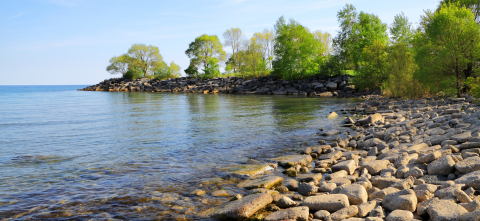
Spartans Making a Difference: Safeguarding Fish and Public Health
This week’s articles by MSU faculty, specialists, and students making a difference feature hidden viruses in lake trout, health disparities in wastewater, and chemical risks in drinking water mapped by AI.
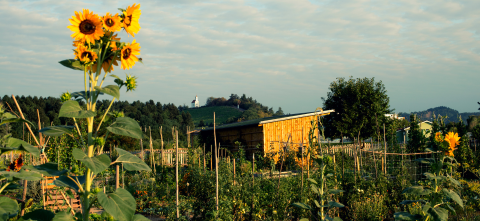
Spartans Making a Difference: Toward Smarter Farms and Healthier Cities
This week’s articles by MSU faculty, specialists, and students making a difference feature smarter farm technology, biodiversity in vacant lots, and new evidence linking lead in food to health risks.
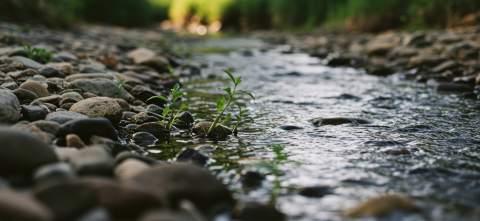
Spartans Making a Difference: Mekong Floods, Maternal PFAS Risks, and Climate-Driven Gas Reactions
This week’s articles by MSU faculty, specialists, and students making a difference feature climate impacts on Mekong River flooding, PFAS exposure linked to maternal mental health, and natural gas reactions driven by underground water and rock interactions.

Spartans Making a Difference: Hidden Illnesses and Household Water Gaps
This week’s articles by MSU faculty and collaborators making a difference feature wastewater tracking of underreported illness in Detroit and household surveys revealing water insecurity across the U.S.

Spartans Making A Difference: Safer Greens, Invasive Carp Control, and Clearer Streams
This week’s articles by MSU faculty, specialists, and students making a difference feature cold-stored E. coli in lettuce, invasive carp behavior in Lake Erie, and groundwater reshaping stream chemistry.
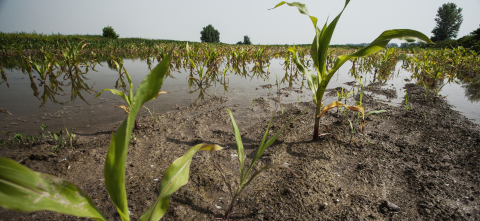
Spartans Making A Difference: Designing for the Future — Smarter Drainage, Cleaner Water
This week’s articles by MSU faculty, specialists, and students making a difference feature climate-smart drainage design, wastewater treatment to reduce antibiotic resistance, and PFAS in solar panels.
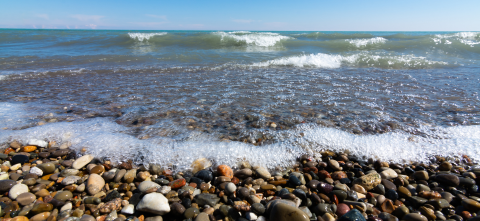
Spartans Making A Difference: Shaping Shorelines, Safeguarding Futures
This week's articles by MSU faculty, specialists and students making a difference feature coastal resilience in the Great Lakes, phosphorus runoff from farm fields, and climate benefits of regenerative agriculture.
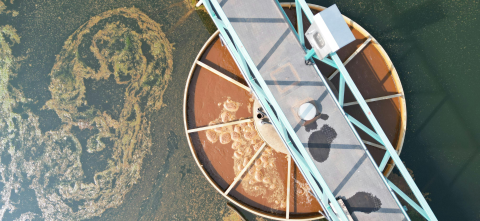
Spartans Making A Difference: Wastewater ARGs, recycled phosphorus, and viruses in MSU vents
This week's articles by MSU faculty, specialists and students making a difference feature sewage-tracked antibiotic resistance, phosphorus recovery from waste, and COVID detection in campus HVAC filters.
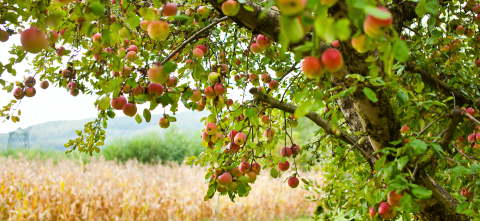
Spartans Making A Difference: Fruit trees, sewer bots, and solar farms
This week's articles by MSU faculty, specialists and students making a difference feature AI-powered orchard mapping, soft robotics for pipe inspection, and sustainable solar development.

Spartans Making A Difference: Flushing out COVID, tech, and tide charts
This week's articles by MSU faculty, specialists and students making a difference feature virus tracking in wastewater, COVID-19 testing, AI forecasting, and U.S. ocean sampling.

Spartans Making A Difference: Microbes, machines, and the future of your food
This week’s articles by MSU faculty, specialists and students making a difference feature foodborne pathogen behavior and precision agriculture tools that detect crop disease risks.
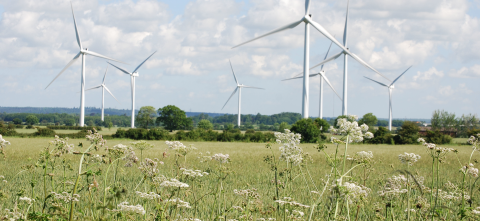
Spartans Making A Difference: From farmland to faucet
This week’s articles by MSU faculty, specialists and students making a difference feature the food-energy-water nexus, freshwater fish distributions, greenhouse gas emissions, and PFAS.
